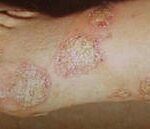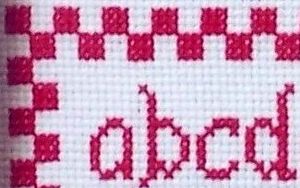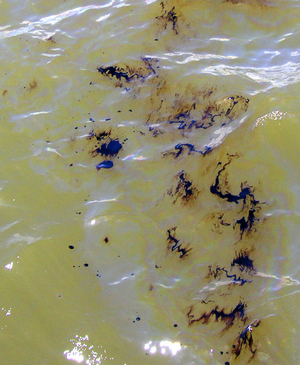Chronic dandruff is often called by a scalp condition, such as seborrheic dermatitis and psoriasis. If you are constantly experiencing a dandruff problem, you may be wondering if either of these conditions could be affecting you. How can you tell the difference between seborrheic dermatitis and psoriasis, however? Here are some of the things that you should know about these two dandruff conditions.
Seborrheic Dermatitis or Psoriasis
1. Size of Scales
One of the main differences between psoriasis and seborrheic dermatitis is the size of the scales. Those who suffer from psoriasis typically will notice scales that are much larger in size than those who suffer from seborrheic dermatitis. In addition to being larger, the scales of psoriasis also have a tendency to be thicker.
2. Color of Scales
The color of the scales that you will notice with seborrheic dermatitis and psoriasis are also usually very different. Most people with psoriasis notice that the color of the scales they see on their scalp tend to be either silvery or white in color. The scales accompanying seborrheic dermatitis tend to be yellow or white in color.
3. Location of Scales
Where the scales are located can generally indicate whether you have seborrheic dermatitis or psoriasis. The scales which are associated with seborrheic dermatitis are not typically very close to the hairline, as they are usually on other areas of the scalp. The scales that accompany psoriasis are usually found very close to the hairline and typically will extend to the forehead, neck, or ear areas.
4. Removal of Scales
With both seborrheic dermatitis and psoriasis, it is likely that you will notice a lot of scales. When you see them, you may try to remove them at some point. How easy or challenging it seems to be to removal the scales will often let you know which condition you are probably suffering from. The scales that come with seborrheic dermatitis are known to be very easy to move, whereas the removal of psoriasis scales will likely cause you to bleed and become very sore.
5. Other Areas of the Body
Another notable difference between these two conditions is that psoriasis is known to affect areas of the body aside from the scalp. If you notice discolored scales on other areas of the skin aside from the scalp, the reason could be because of psoriasis. Some common places to notice psoriasis include the eyebrows, hands, feet, and elbows. Do keep in mind that it is possible to experience psoriasis of the scalp only, however.
Keep in mind that the best way to know for sure whether it is seborrheic dermatitis or psoriasis is to visit a dermatologist. Both of these conditions are treated in similar ways, such as using antidandruff shampoos. Many patients find that psoriasis can be a lot more challenging to manage and get rid of, however. Being aware of what condition is affecting your scalp and causing you to experience dandruff will be very beneficial to your success at treating the problem.





